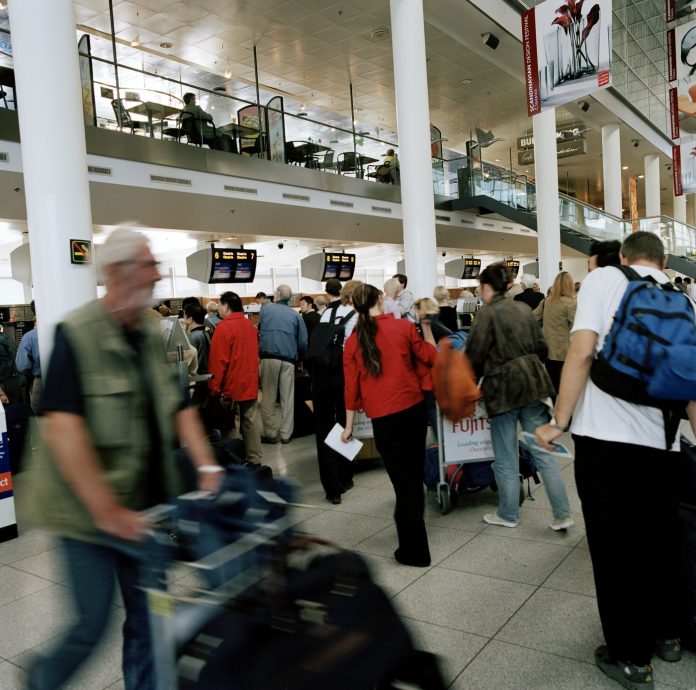Nineteen of the world’s 50 most underserved international airline routes involve a U.S. destination, according to a study released by aviation data-analytics company OAG.
In compiling the list, OAG defined underserved routes as those in which the largest number of tickets purchased last year included stopovers. Many of the city pairs had nonstop service between them, though some didn’t.
Topping the list was Jakarta, Indonesia, to Jeddah, Saudi Arabia, with 280,000 one-stop bookings in 2015. The first U.S. market appears at number two, as some 239,000 one-stop ticket segments were purchased for flights between New York Kennedy and Tel Aviv. By comparison, 432,000 people flew nonstop between those two airports.
The next four most underserved international routes involving the U.S. were Los Angeles-Ho Chi Minh City, Los Angeles-Manila, Los Angeles-Bangkok and San Francisco-Delhi. All of those routes made the top 12.
Notably, nonstop flights weren’t offered at all between Los Angeles and Ho Chi Minh City. Also, there was no direct service between the Vietnam capital and San Francisco even though 127,000 ticket segments were purchased between the two markets in 2015, placing it 36th on the OAG list.
Other city pairs with no direct flights in 2015 were Dhaka, Senegal, and New York and Bangkok and New York. None of those pairs have since added direct flights, OAG said.
In addition, the pairings of Mumbai and New York, Manila and New York, and Bangkok and Los Angeles, all of which OAG ranked among the 50 most underserved international routes last year, don’t have direct service this summer.
With its 19 routes on the underserved routes list, the U.S. nearly doubled the next most common country, Thailand, which featured in 10 of the airport pairs.
The distance between the U.S. and many large Asian markets, as well as the heavy reliance of U.S. carriers on domestic hubs, are reasons why the U.S. has so many of the underserved international routes, the OAG authors wrote.
“The ranking highlights the strong significant opportunity the U.S. holds for more direct services,” the authors wrote.

























